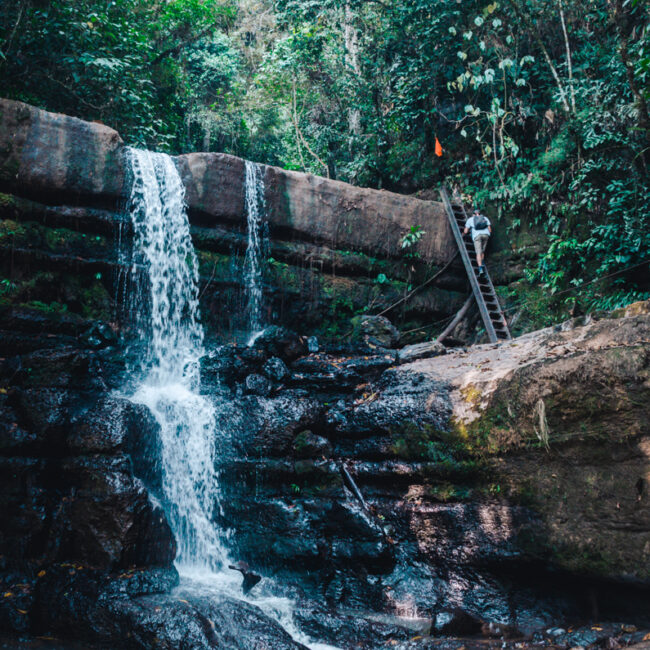

Are you looking to go completely off the beaten path on the Caribbean coast in Colombia? Then I got just the town for you! Dibulla is a small laid-back village on the Carribean coast in the north of Colombia. While there are a few guesthouses and resort hotels, Dibulla remains off the tourist radar. Here is everything you need to know about Dibulla in Colombia!
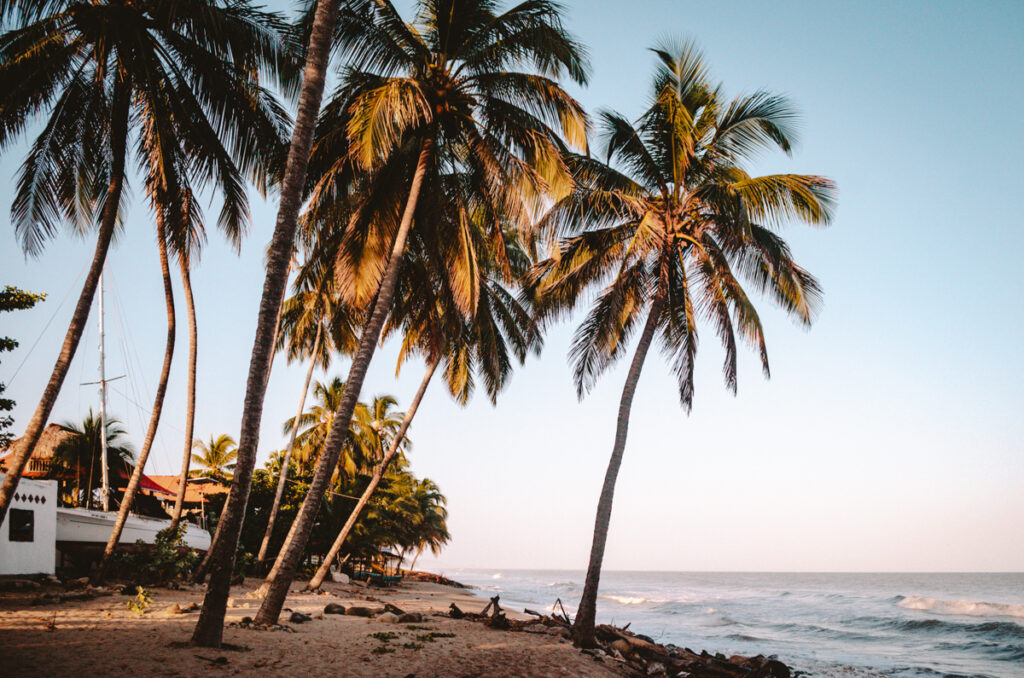
The Beach of Dibulla, Colombia
Dibulla is a town within the municipality of the same name in the La Guajira Department of Colombia. It lies close to famous and very touristy places in Colombia like Palomino, Minca, and Tayrona National Park, however, it sees few tourists.
At Dibulla, you can still experience a truly authentic Caribbean village vibe. There are no tour companies, no international restaurants, and only a few places to stay.
Dibulla is probably not for everyone, but it will surely charm the intrepid traveler who wants to beat the tourism crowds and culture buffs who like to immerse themselves locally.
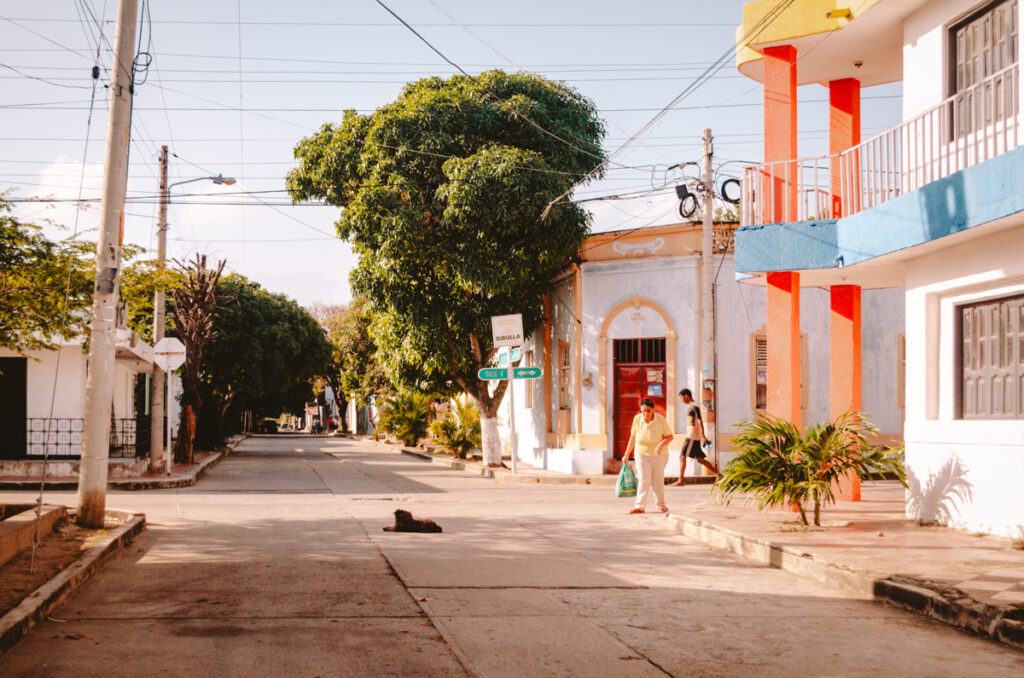
The streets of Dibulla
While there are a few fancy resort hotels on the edge of the town and a few guesthouses in the center, tourism is little known in Dibulla. Local businesses, including small-scale fishing and agriculture primarily drive the economy in the town of Dibulla.
While not geared toward tourism, you can find most things in Dibulla like an ATM, several small tiendas and a handful of restaurants.
In the town, the lifestyle tends to be laid-back and closely tied to the natural surroundings. The community is close-knit, with a strong sense of local identity and tradition.
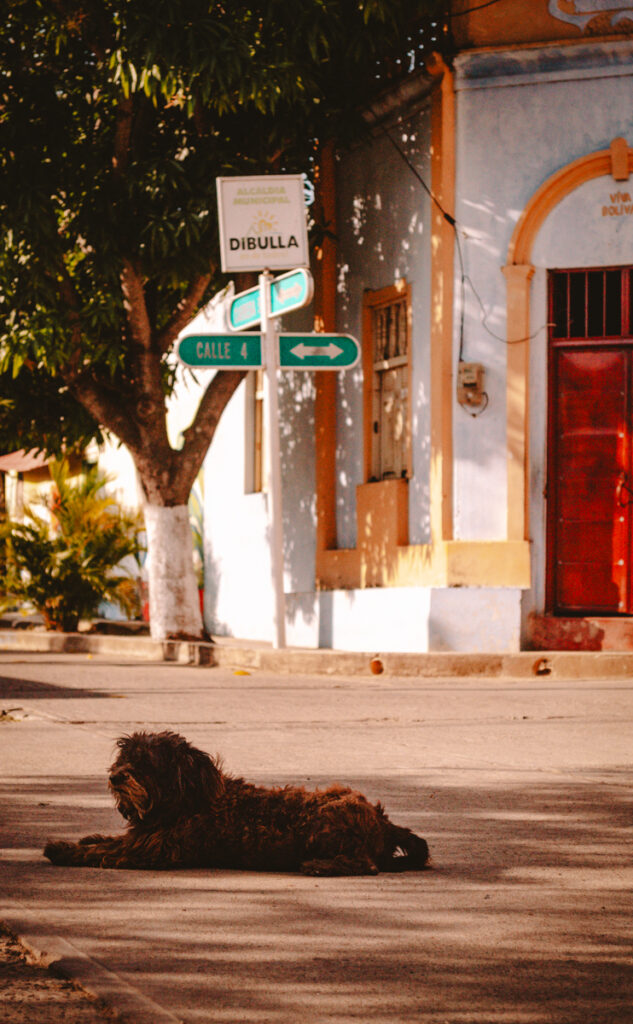
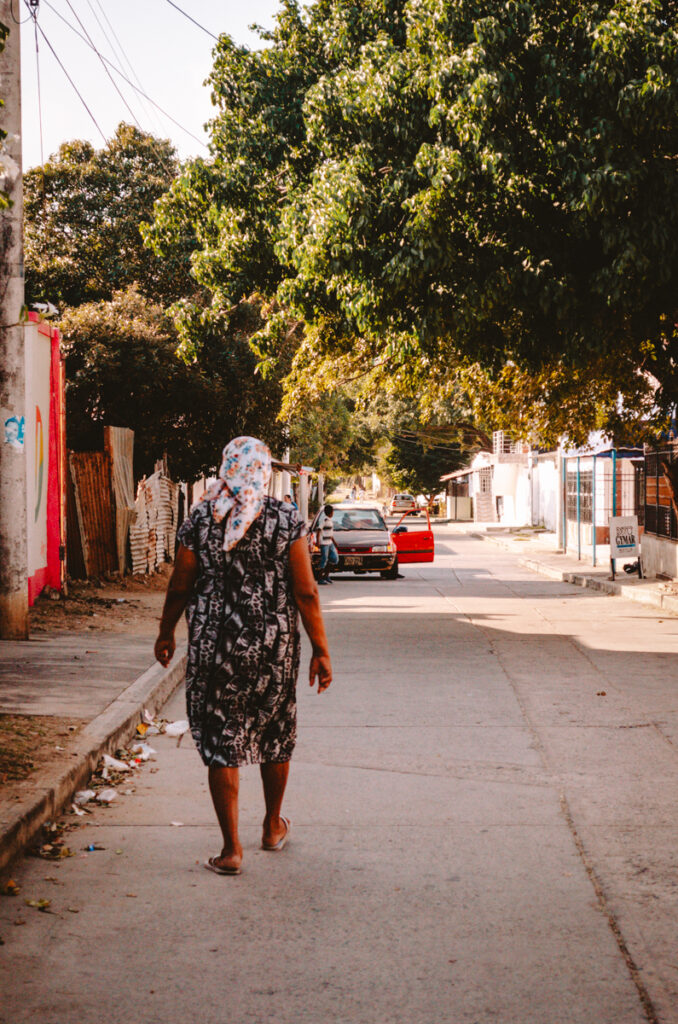
But, as a traveler, it can take some time to get used to Dibulla, at least it was like that for me! At Dibulla, there is no room for Western mentality. After my first day, I was a bit fed up with how hard it was to find food.
It is possible, that you will have to walk all the streets, visiting the various tiendas, to find a ripe piece of fruit. The day after, chances are big, you will have to walk your round again. That is how it is in Dibulla. I first hated it, but, as I got accustomed to the local atmosphere, I began to love it and I didn’t want to leave.
Dibulla is a good destination in Colombia if you want to disconnect and embrace a slower way of travel.
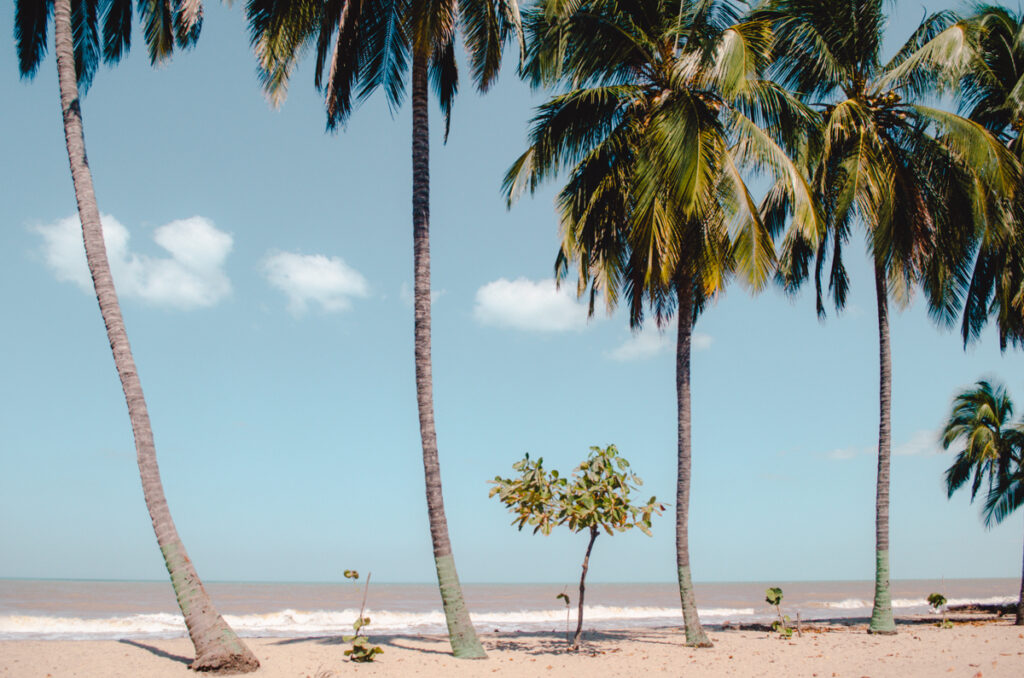
Palm trees at the beach, Dibulla, Colombia
While the Carribean Coast and the mountains of the Sierra Nevada de Santa Mata harbor many cool activities, the main reason to come to Dibulla is to get away from it all. It’s a great place to get some rest, recharge, and soak in the atmosphere of a little Colombian town.
Our fast-paced lifestyle can cause a lot of stress, even when we are traveling. Touristy places like Minca and Palomino are so incredibly busy and run over with foreign tourists that it is hard to break loose from the “fear of missing out.
Dibulla is the perfect place to disconnect. With no major sites in the village and a long stretch of beach without any other tourists around, it’s the perfect place to get away from it all and recharge.
Dibulla has a long stretch of beach and guess what? It’s completely empty. Once in a while, some local children will pass by for a splash in the water or an older man will shamble by to fetch a fresh coconut. But, that’s about it.
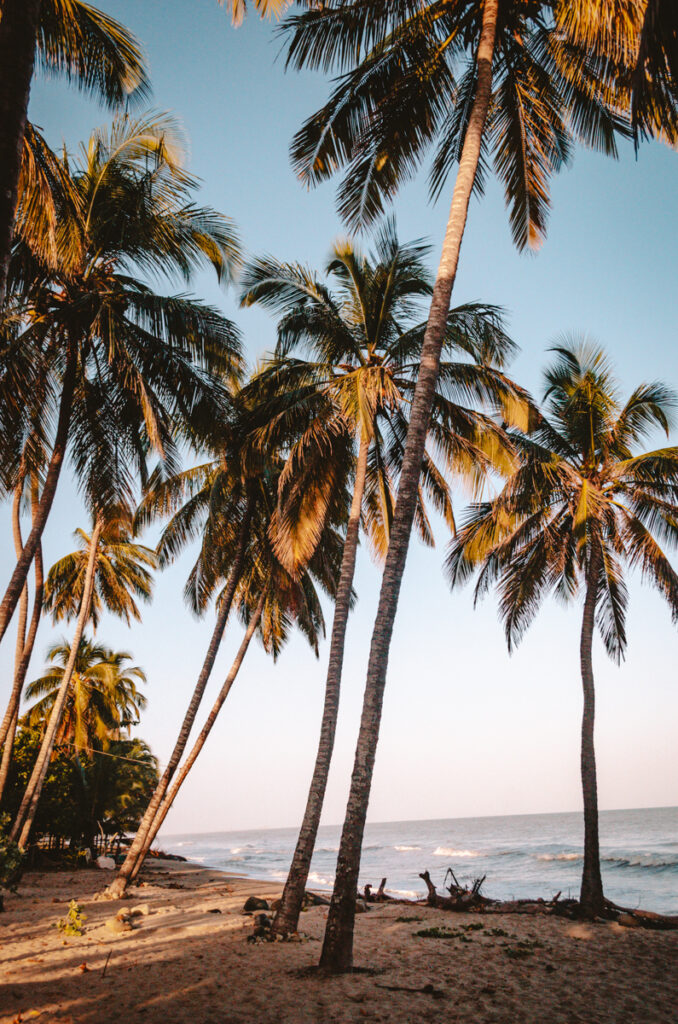
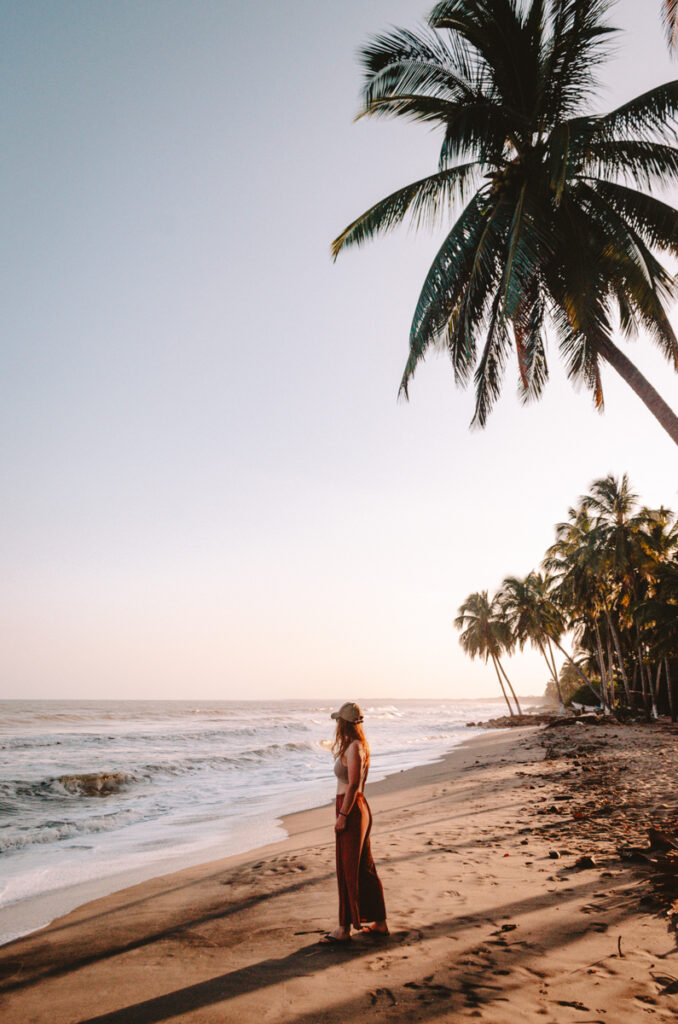
Do note that the beach of Dibulla is not picture-perfect. It is free from garbage but it’s not a beach that gets cleaned or is manicured to cater to tourists.
However, it is lined with the most beautiful palm trees, and together with a bunch of other trees, they provide enough shade to relax, even at midday when temperatures are at their highest.
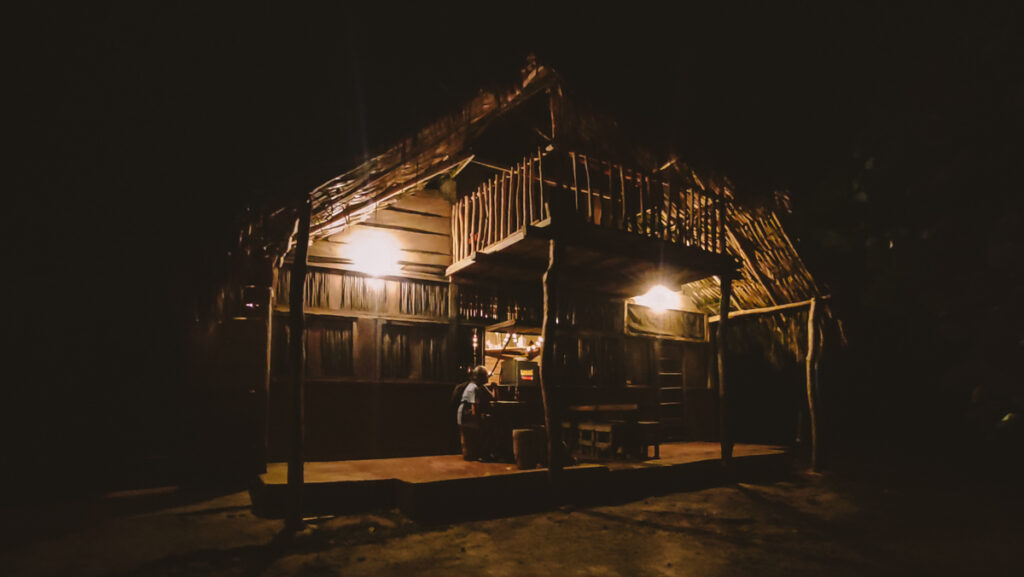
The most delicious pizza on the Caribbean coast can be found here!
There are only a handful of places to eat in Dibulla. If you only spend one evening in Dibulla be sure to visit the small pizza shack of Margarita. Here place, which is called Marakarita, serves up the best pizzas along the Carribean Coast.
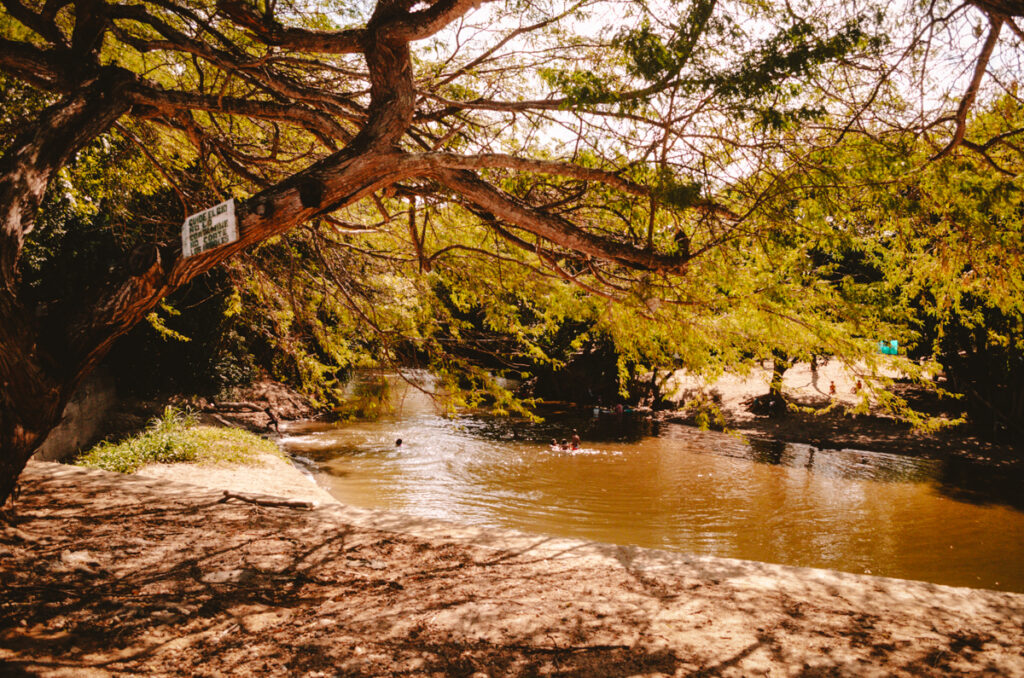
The waves of the Carribean sea tend to be pretty heavy and, while you can splash a bit in the water, it’s not possible to swim.
Luckily, the Rio Jerez runs right next to Dibulla and flows gently into the sea on the edge of town. A good place to swim in the river, is at the entrance of the town, at the bridge near Eco Hostal Casa de El Rio.
You will probably see children there, splashing in water. Jump into your bathing suit and wade a little bit further into the river, where it’s deep enough to swim.
→ Also read: Cocora Valley, Colombia: All You Need to Know
If you fancy to explore the Carribean Coast and the Sierra Nevada de Santa Marta but don’t want to stay in the tourist hotspots, Dibulla can function as a place to base yourself to do some sightseeing in the area.
Note that you will have to speak with a local to take you there. There is no public transport in Dibulla but there are locals in town looking to make an extra buck who can drive you around.
Here are a few things to do that are easy to visit an a day trip from Dibulla.
The Sierra Nevada de Santa Marta is home to several indigenous tribes, known for their rich cultural heritage and deep connection to their ancestral lands.
The Kogi people are the most well-known of the Sierra Nevada tribes. They are known for their spiritual relationship with the Earth, which they refer to as “Aluna” or “Mother Earth.” The Kogi maintain a traditional way of life, with a strong emphasis on ecological balance and spiritual practices.
There are several Kogi villages nearby Dibulla in the Sierra Nevada mountains like Tungueka and Seviaka.
The Santuario de los Flamencos is a natural reserve located between Dibulla and Riohacha on the Carribean Coast. It is known for its population of flamingos and other wildlife and includes desert areas, salt flats, and coastal lagoons.
Flamingo populations can be seen in large numbers and, apart from flamingos, the sanctuary is also home to a variety of other bird species, making it a haven for birdwatchers.
To reach the Santuario de los Flamencos, you will have to make your way to Bocas de Camarones. Local Dibullero’s know how to get there.
Here are the websites I use when I travel to Colombia:
Booking.com: For the best guesthouses, homestays, or small hotels
Hostelworld: To find the best hostels located in the cities
Homestay: For a unique immersive homestay experience in the big cities or the countryside
Busbud and Redbus: The best transport websites for long-distance buses in Colombia. Note that 12Go also works in Colombia but the tickets they will buy for you are open-seat tickets and don’t guarantee a seat on the bus you book online.
Uber: Uber is a convenient and cheap ride-hailing app that can be used in the bigger cities of Colombia. Other apps are Cabify or Didi.
Skyscanner: For affordable flights to Bogota and intercity flights in the country.
Viator and Get Your Guide: book all kinds of activities from the Ciudad Perdida trek to a guided private tour of Comuna 13 in Medellin.
Citizens of many countries, including the United States, Canada, the European Union, Australia, and New Zealand, do not require a visa for short tourist stays (typically up to 90 days). However, this can vary, so it’s always best to check iVisa for the specific requirements for your nationality.
If you’re looking for travel insurance, the one with the best benefits online is undoubtedly Heymondo! It’s very easy to ask for a quote on the website and, if you book with this link you’ll get 5% off!
Access mobile data immediately when entering the country with a Colombian E-sim or a Latamlink E-sim when traveling through multiple countries. If you are already in Colombia, the best local prepaid sim card is Claro.
When you check booking.com, only a few accommodation options in Dibulla will show. They will be very expensive and are not located in the center of Dibulla.
Don’t worry, other accommodation options in the town center are more economical. You can find a few of them on Google Maps, but please note that Google Maps is not up to date. Most of the things you’ll see there likely don’t exist anymore.
On my first day in Dibulla, I checked out various accommodations before deciding where to settle down for a few days. Here is my advice on where to stay!
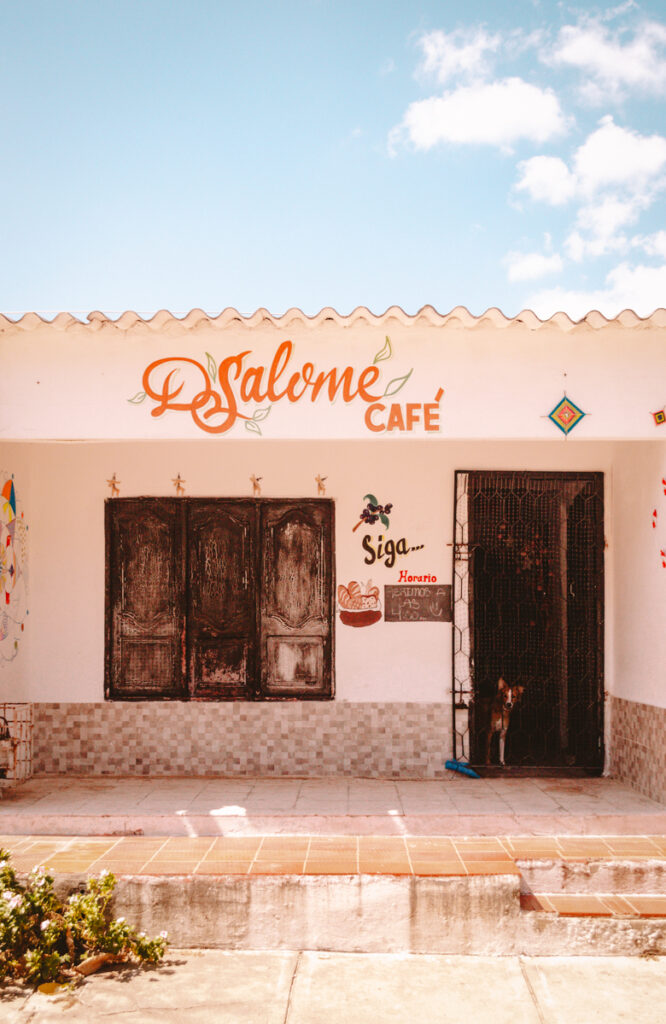
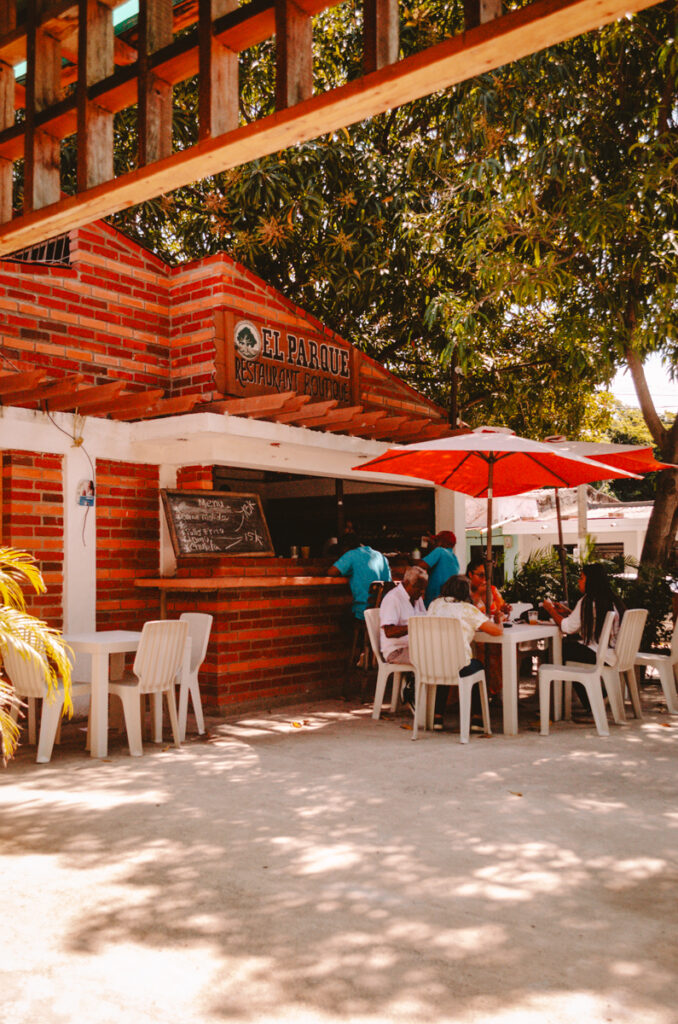
D-Salome Cafe and El Parque Restaurante
On my first day in Dibulla, I got extremely terrified. The fact that it was very hard to find plant-based food made me wonder if I was going to be able to stay in Dibulla for more than just one day.
If you eat meat and fish, you will have no trouble finding decent food in Dibulla. There are two basic restaurants in town, a bunch of fish restaurants at the edge of town by the sea, an amazing pizza place and a few places for comidas rapidas and ice cream.
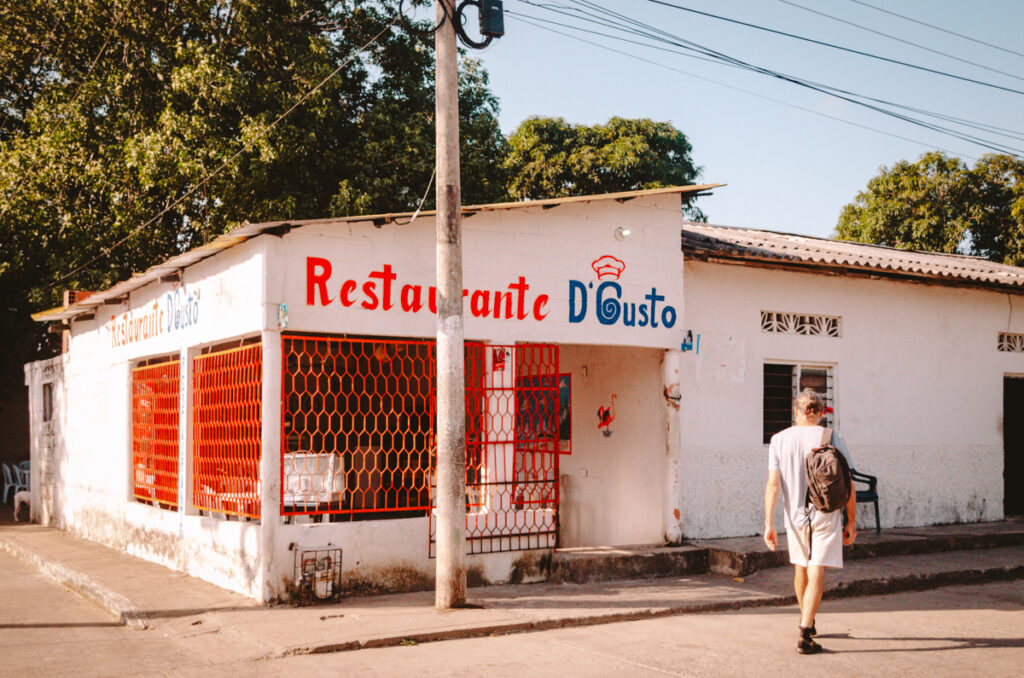
Here are my favorite places to eat in Dibulla. Do note that, if you plan to stay in Dibulla for a few days, a kitchen comes in handy. It will allow you to bring more variety into your meals. Vegetables are easy to find in the many small tiendas that are scattered across town.
to get to Dibulla, you will first have to make your way to Santa Marta or Riohacha, two large cities located on the Carribean coast. From either of these, you can a bus that runs along the Troncal de Caribe. It takes about two and a half hours to reach Dibulla from Santa Marta and one and a half hours from Riohacha.
Unlike in most towns on the Caribbean coast, the Troncal de Caribe doesn’t run through the center of Dibulla. This is what makes Dibulla so laid-back but also a bit more difficult to reach.
On the Troncal de Caribe, ask the driver to let you out at Caserio Casa de Aluminio. Here, you can find a car or a motorbike that can drive you to Dibulla. Dibulla is another 8 kilometers from Caserio Casa de Aluminio. A seat in car costs 7000 COP but I’m sure they overcharged us and you can negotiate a cheaper price.
The Caribbean Coast is at its driest from December to March. Note that this is also the busiest time at the Caribbean Coast and prices can inflate heavily around Christmas and New Year.
Luckily, you won’t find the hordes of tourists in Dibulla, that you will find in other nearby places like Tayrona National Park, Palomino, and Minca.
The weather is pleasant during this time of the year with temperatures hovering around 30 degrees Celcius accompanied by a nice sea breeze.
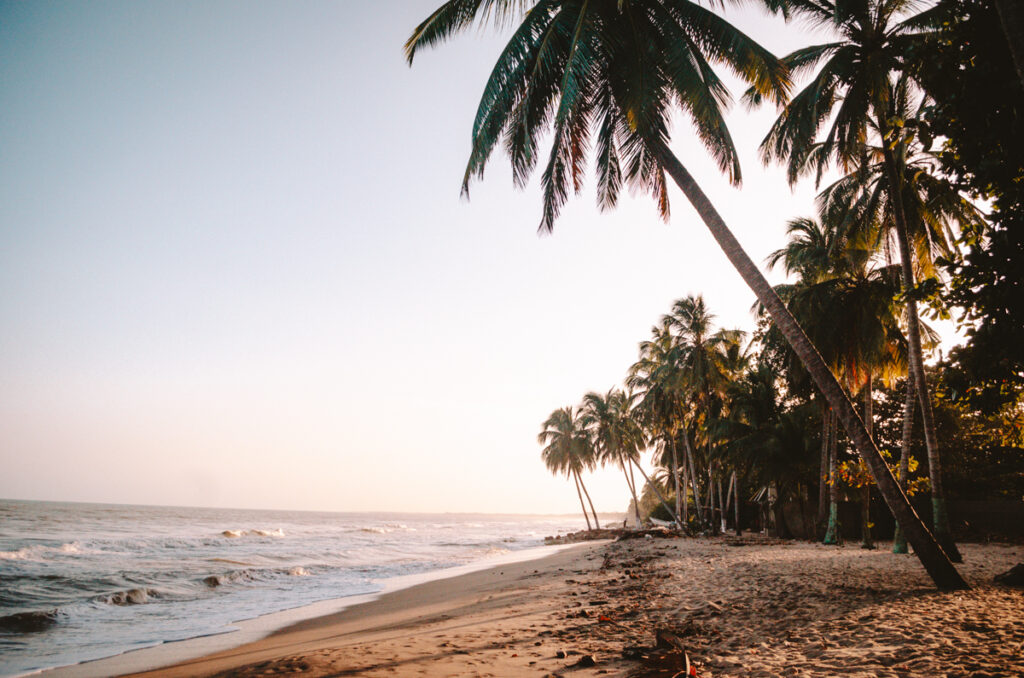
There you go! This is my guide to Dibulla, a wonderful authentic town along the Caribbean Coast. I hope this guide inspired you to visit this place in a conscious way.
Dibulla can definitely benefit from a little bit of tourism. Hopefully, the inhabitants will find ways to organize this sustainably and not let their town become the next Palomino. I also hope, very much, that this article doesn’t contribute to an unhealthy surge in tourism. Please, travel responsibly!
Let me know in the comments below if you have any questions or drop me a message through my contact page.
Also, don’t forget to check out my resources page with my favorite booking platforms and tips to start planning your trip. Additionally, have a look at my favorite travel gear if you want to pack more consciously!
ENJOY!
Disclaimer: This post may include affiliate links. If you click on them, I may receive a commission at no extra cost to you.

Hi! I am Annelies and this is Travelers & Dreamers, a blog about conscious travel which means traveling in a more mindful way, with a positive impact on the world and yourself!
On this website, I cover different topics like slow travel, plant-based food guides, responsible travel, sustainable packing, eco-travel, and more!
Latest Posts

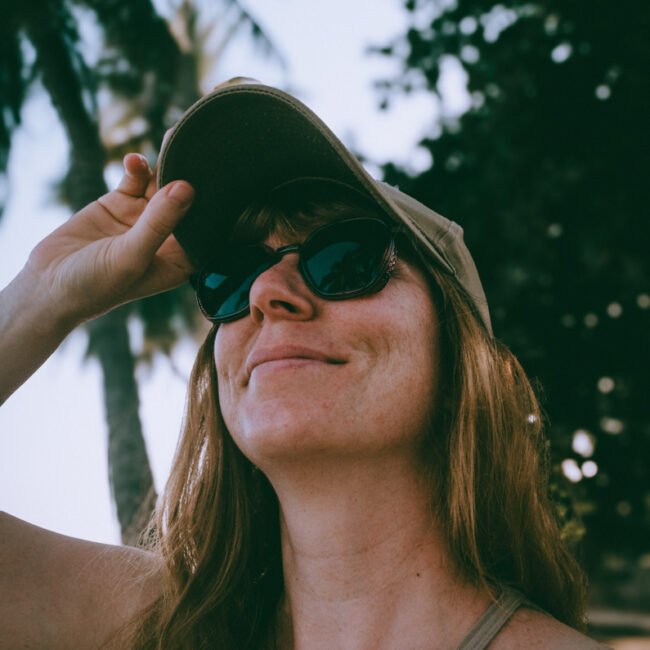
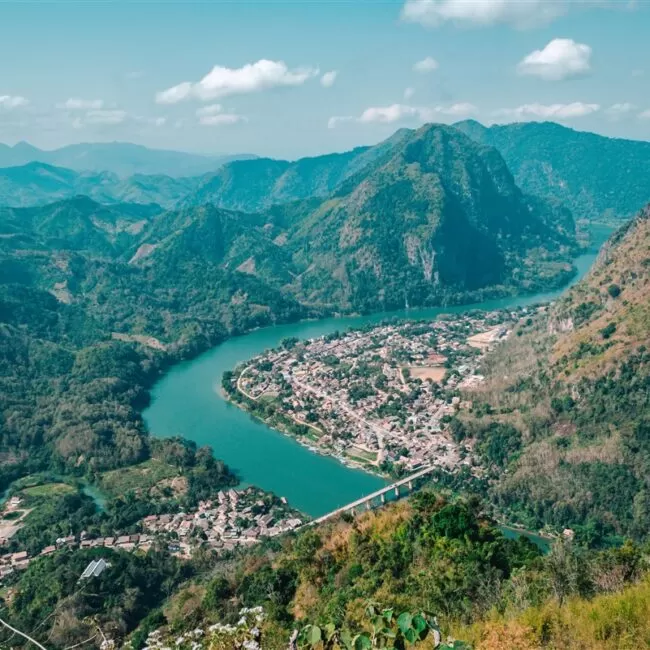
15 Best Things to Do in Nong Khiaw, Laos (2024)
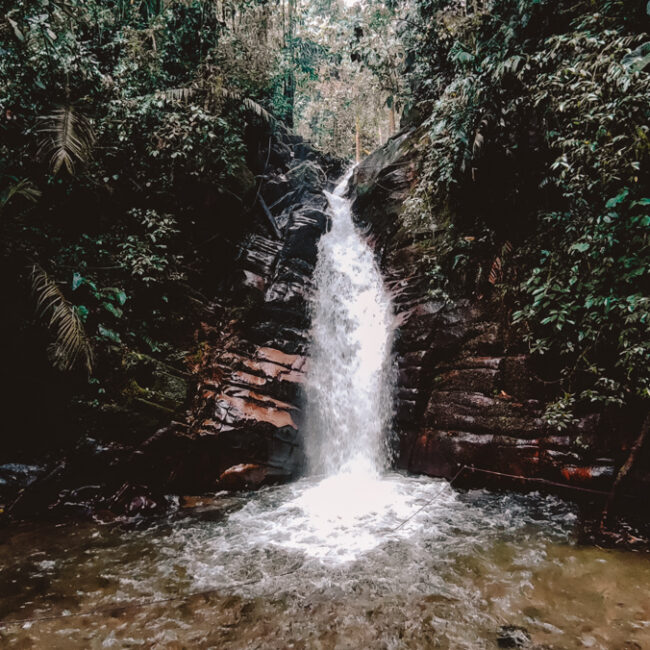
Santa Rita, Salento: All You Need to Know
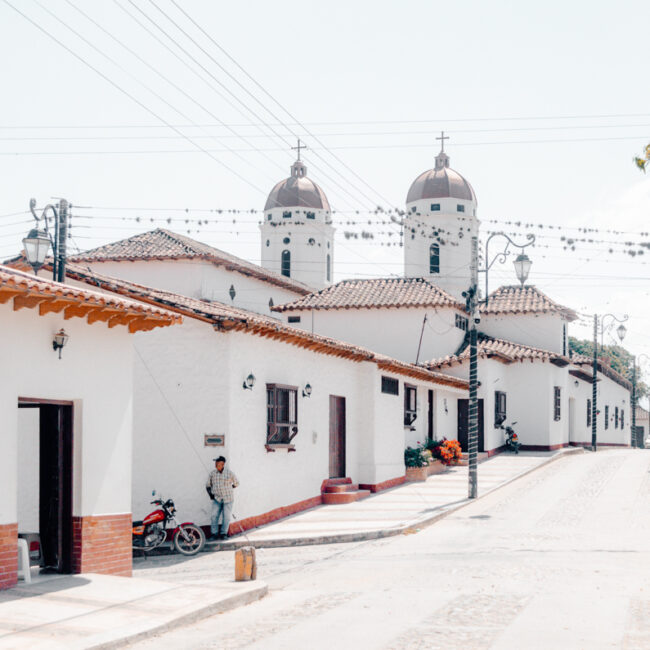
La Playa de Belen, Colombia: An Easy Travel guide!
Do you want to receive my latest finds on conscious and sustainable travel directly to your inbox? Subscribe here!
© COPYRIGHT TRAVELERS&DREAMERS, 2023.